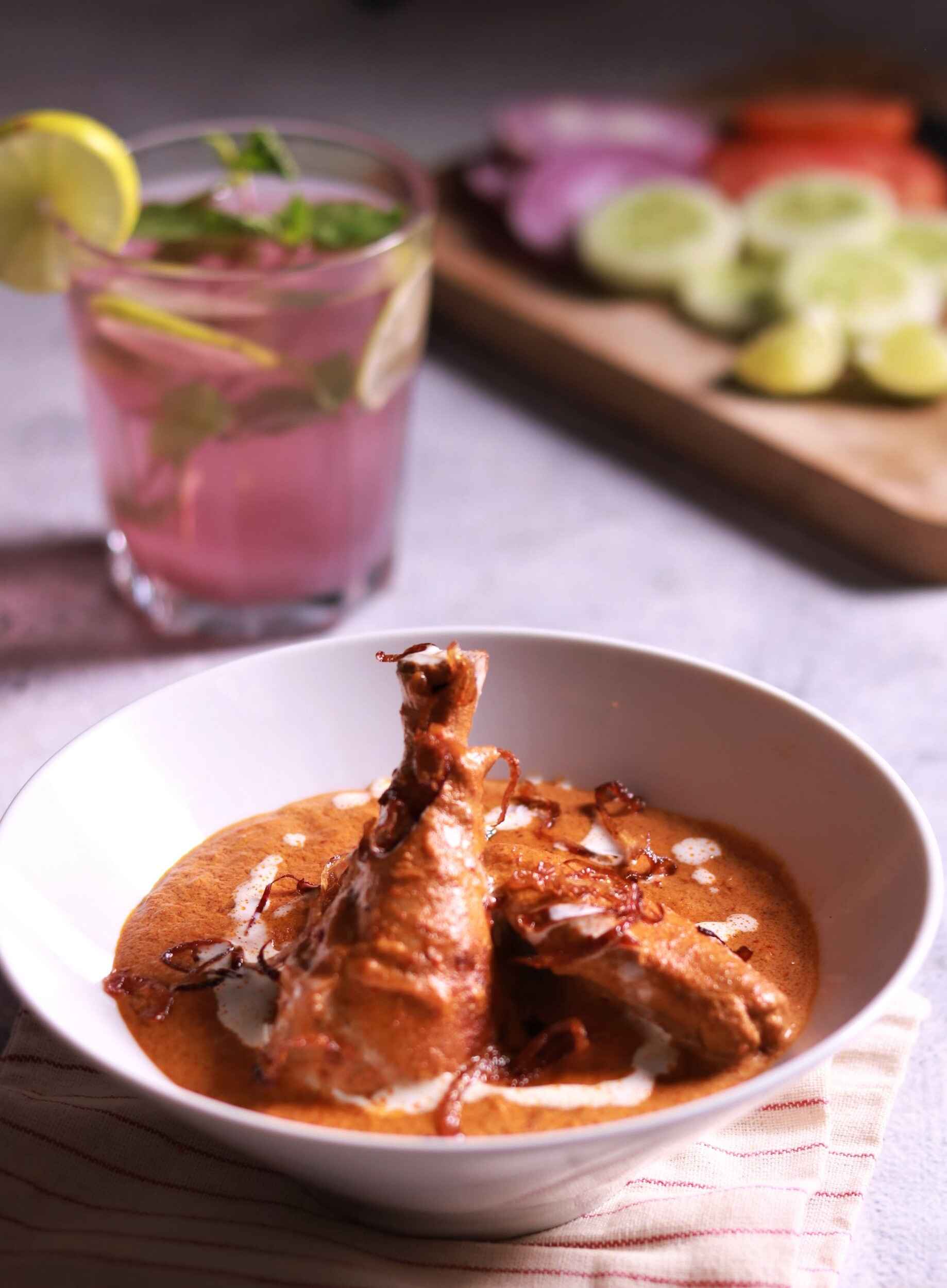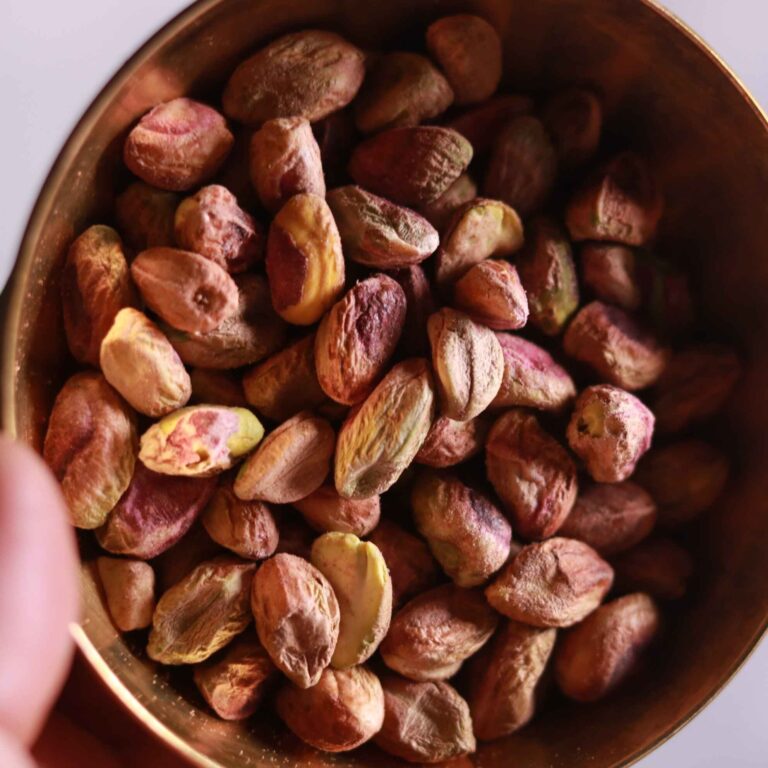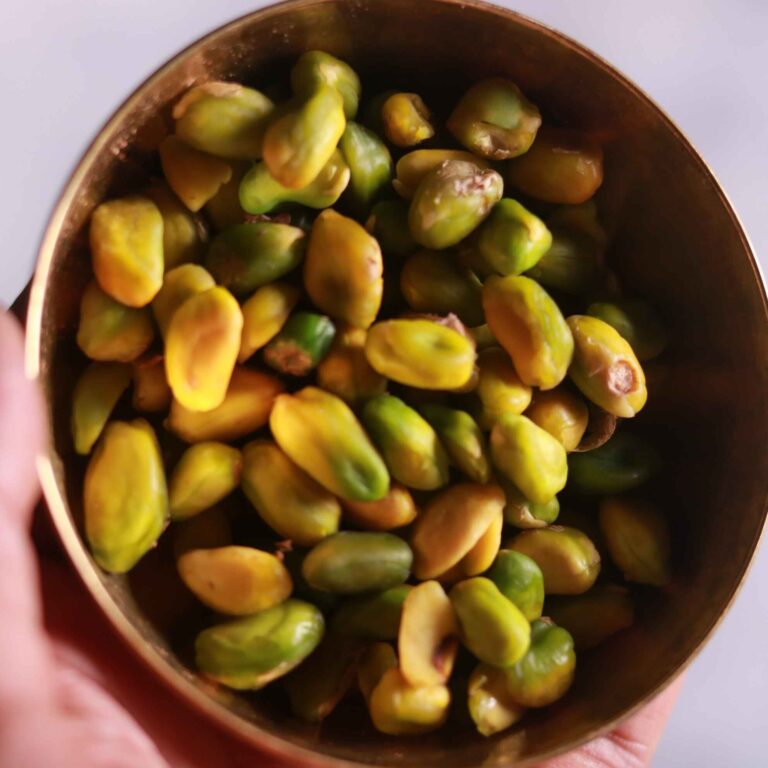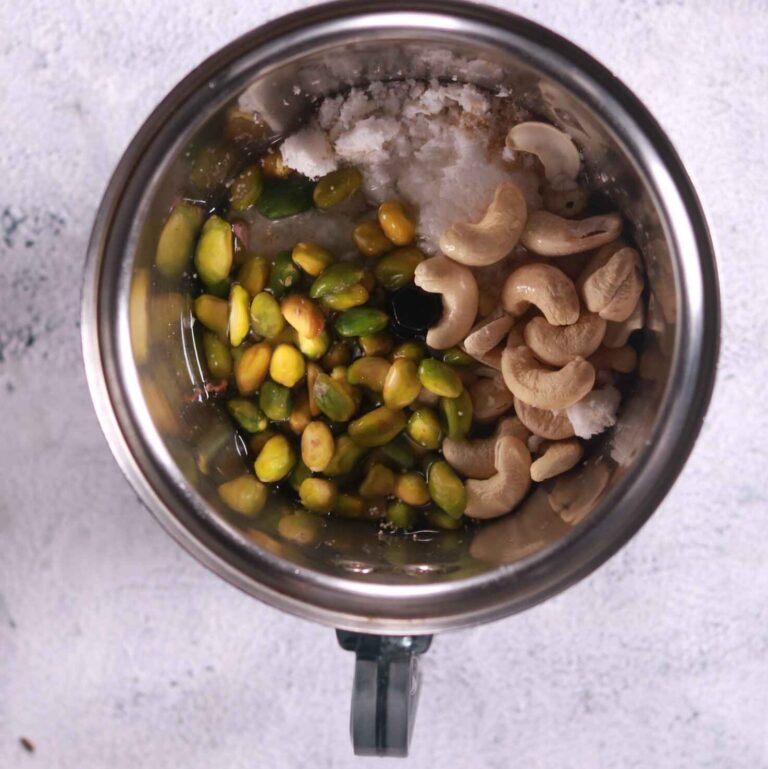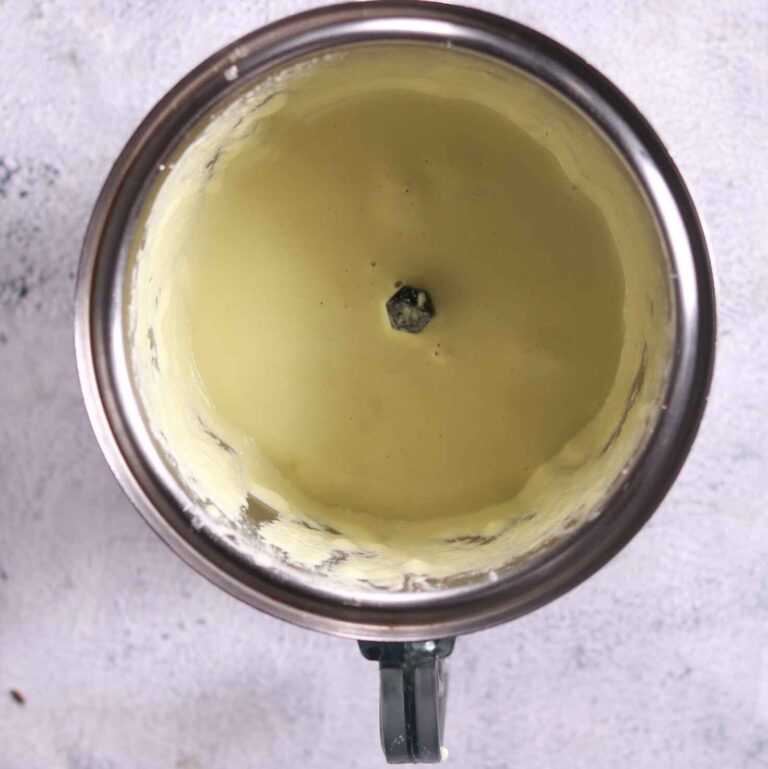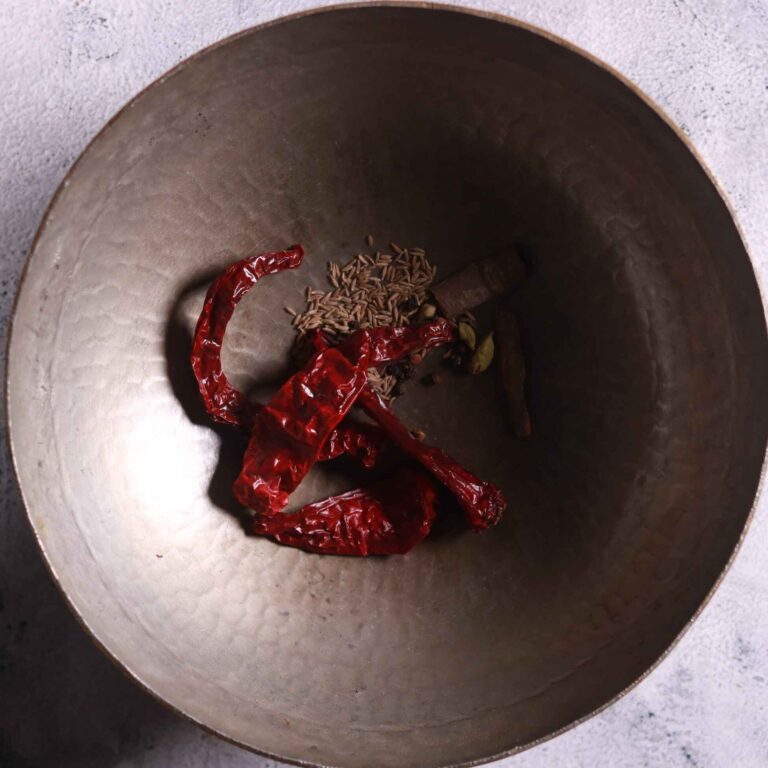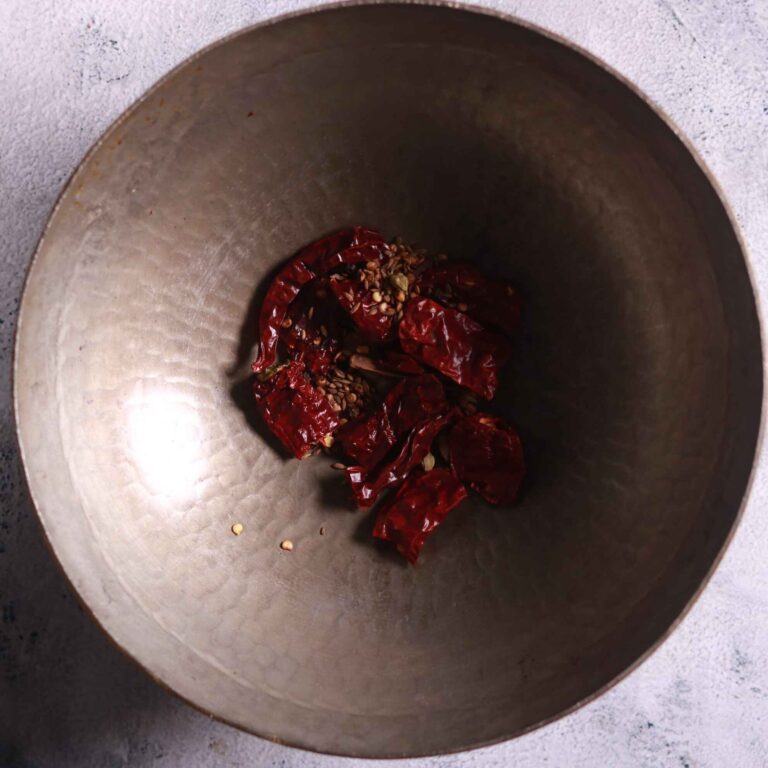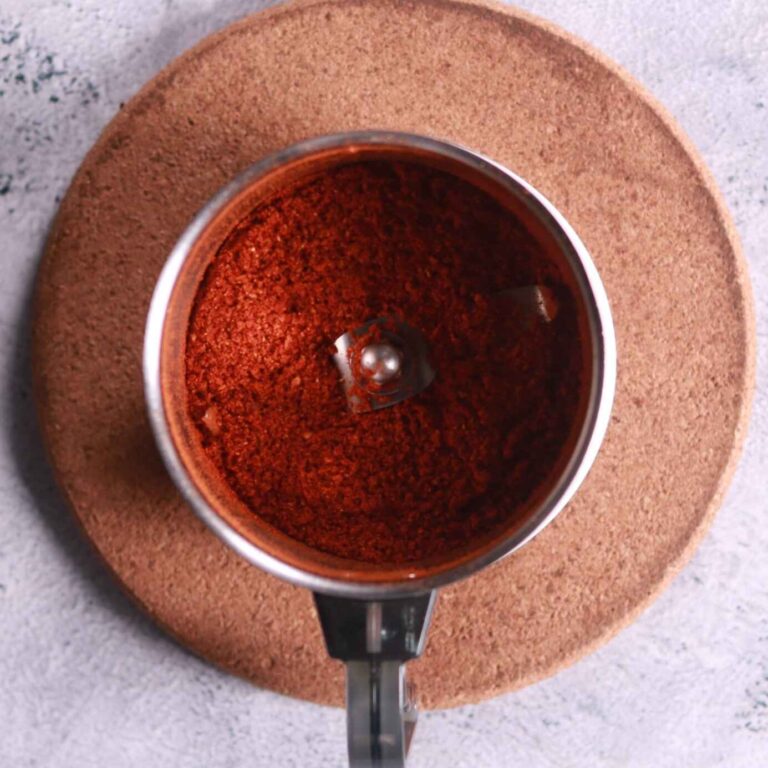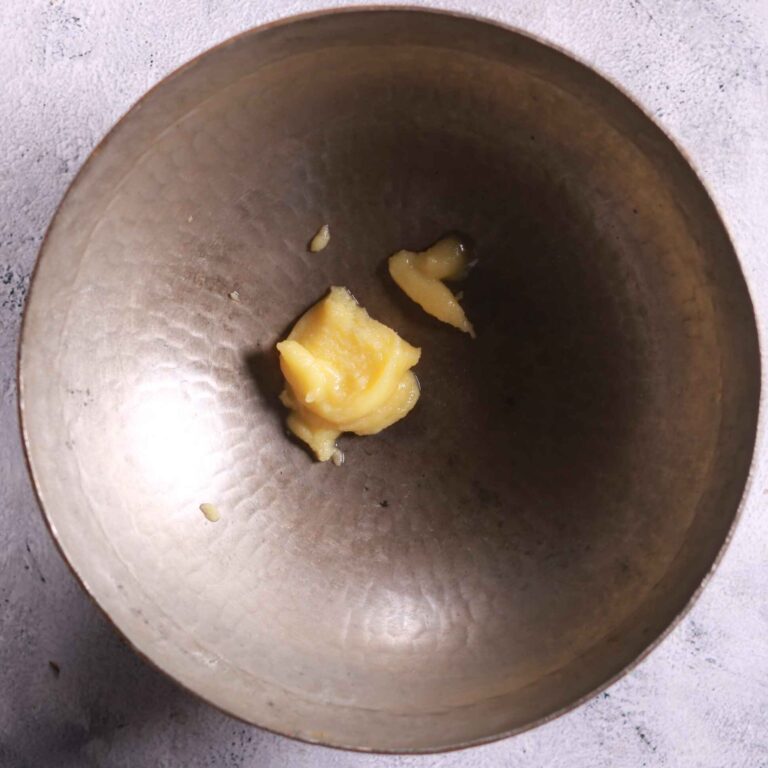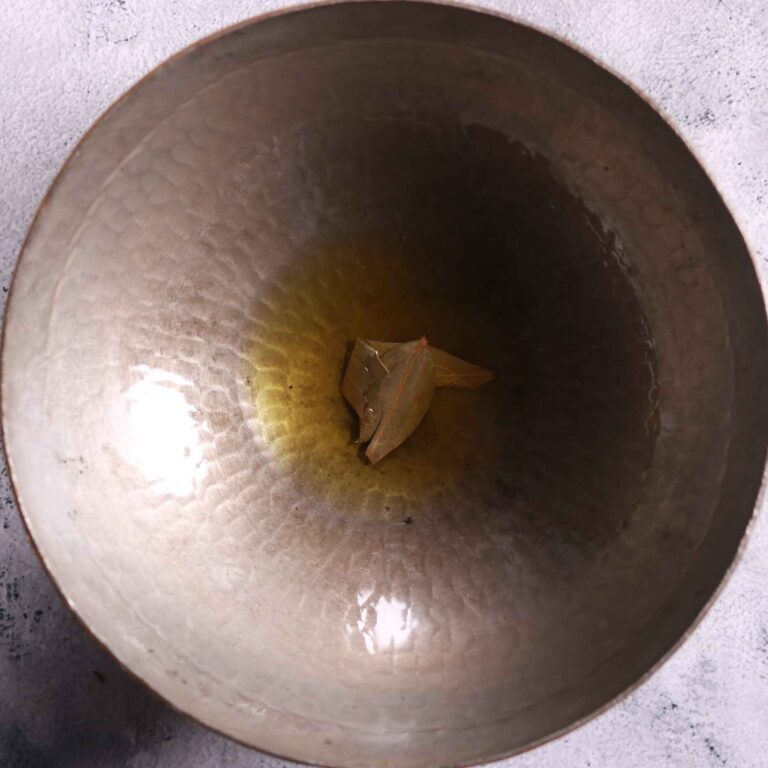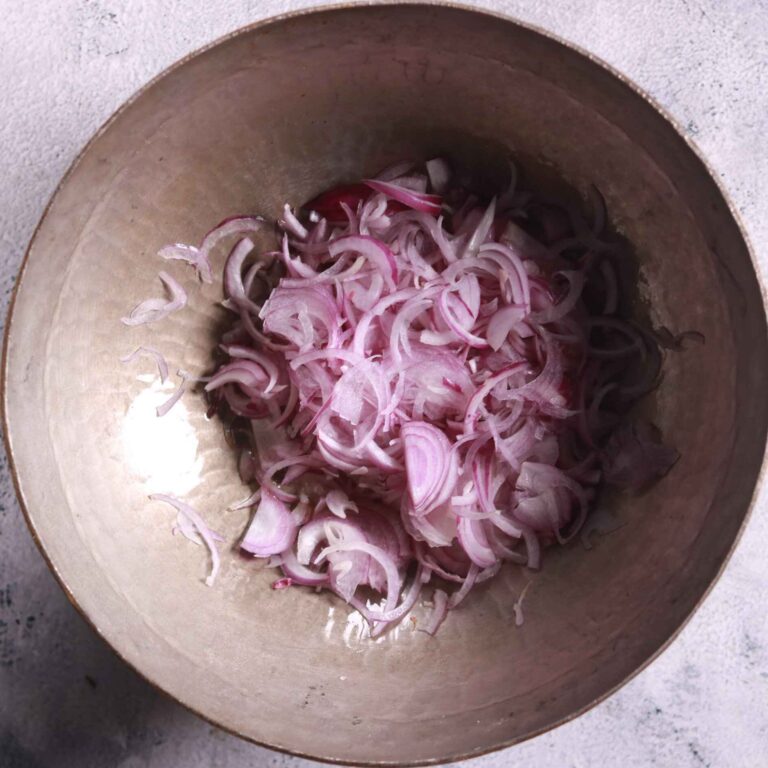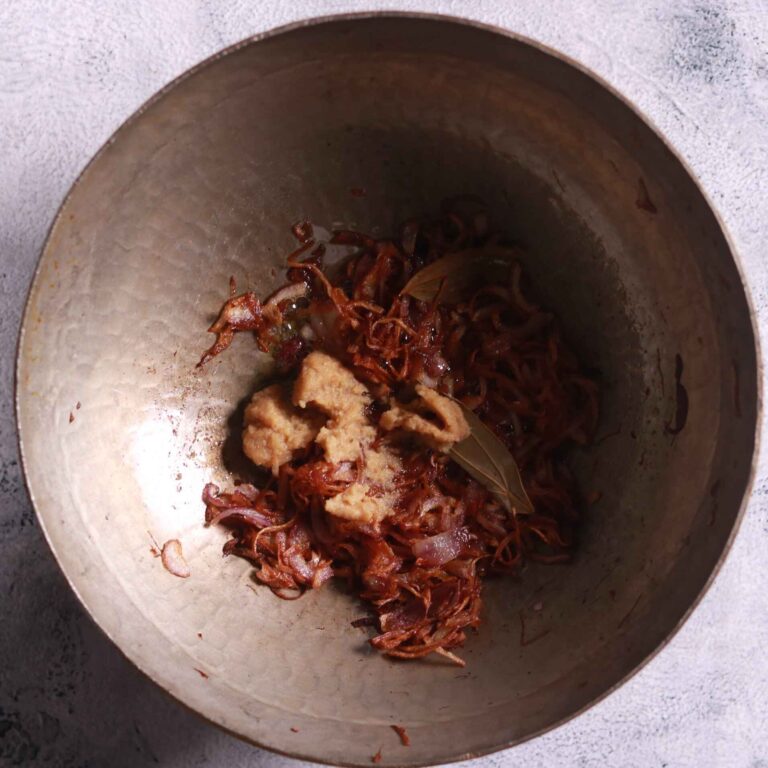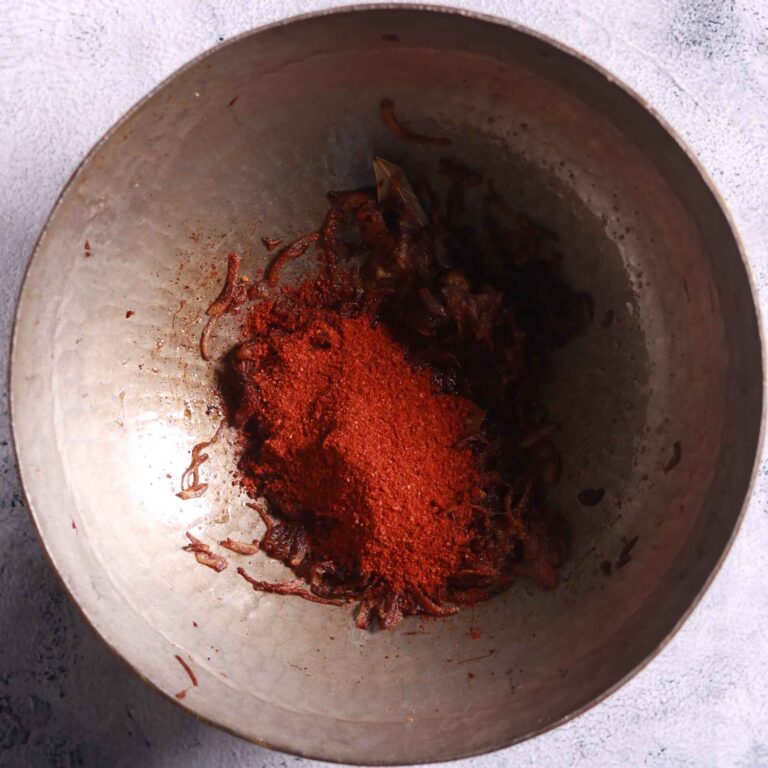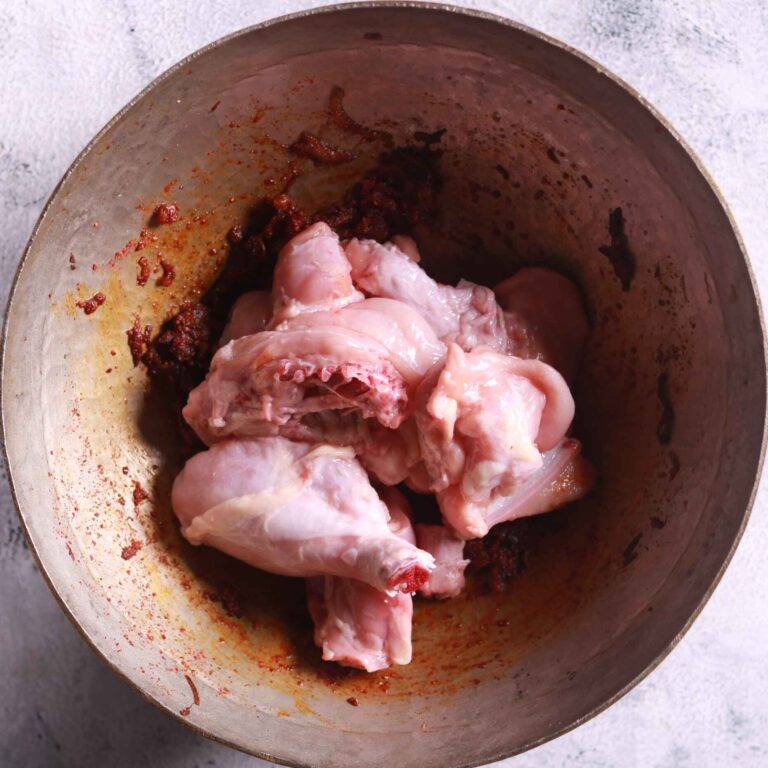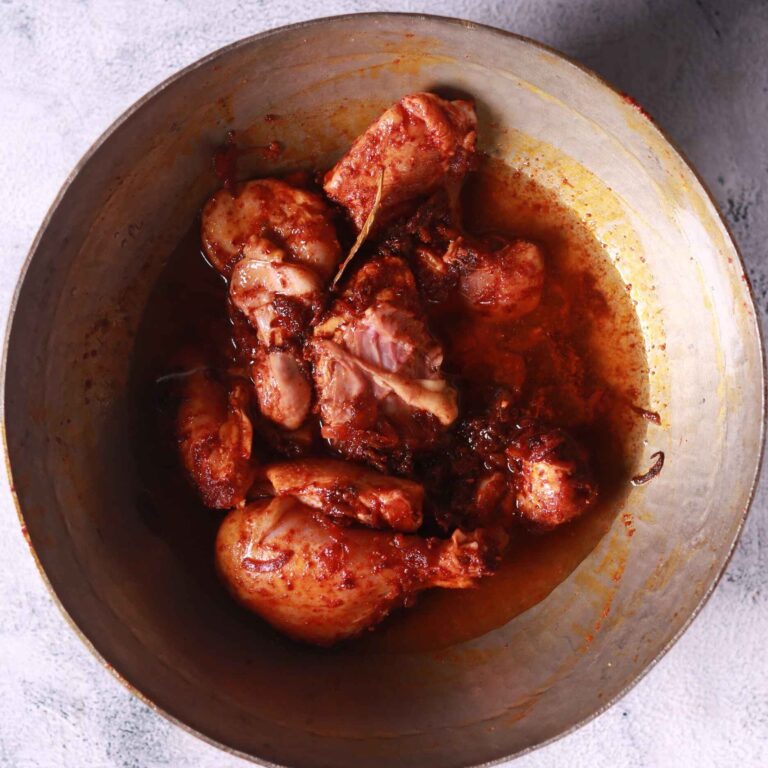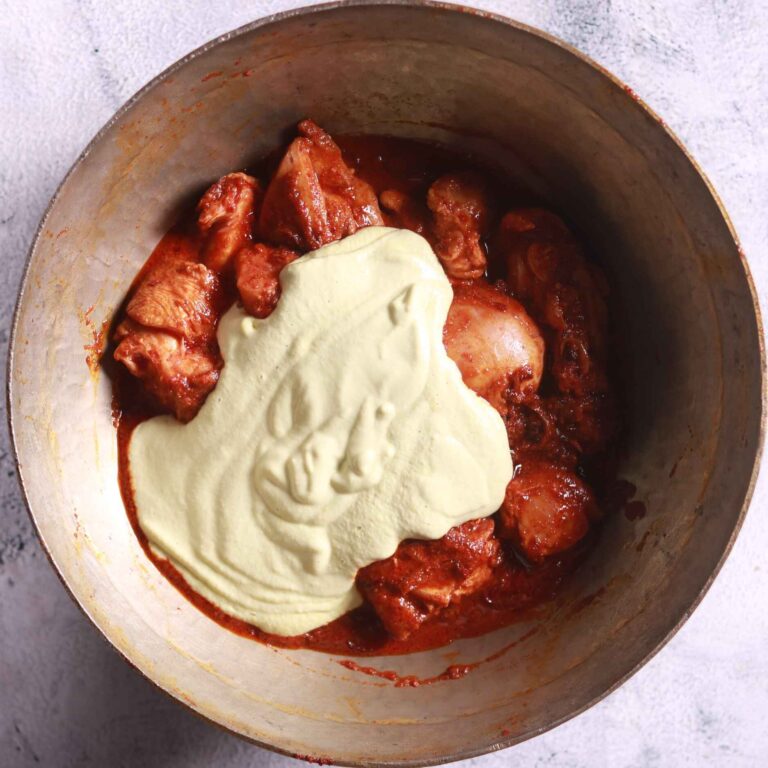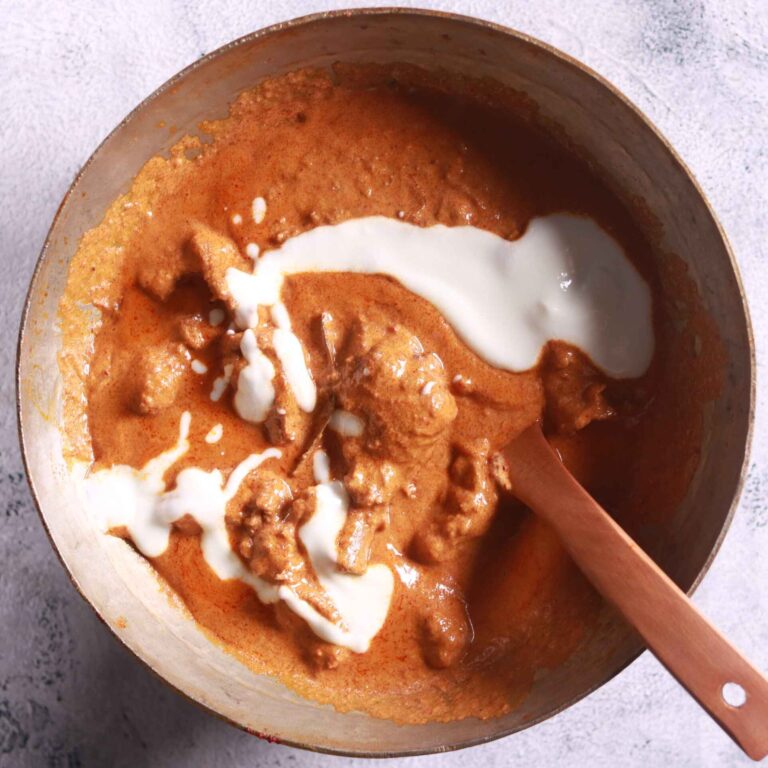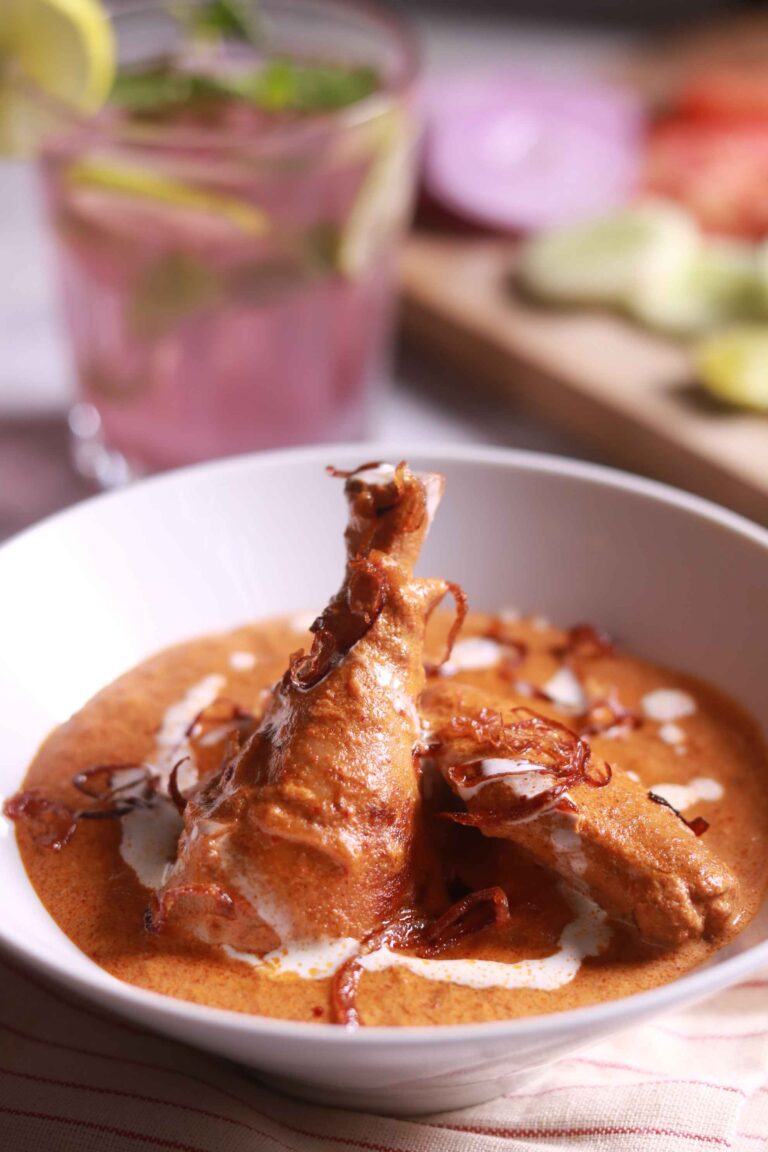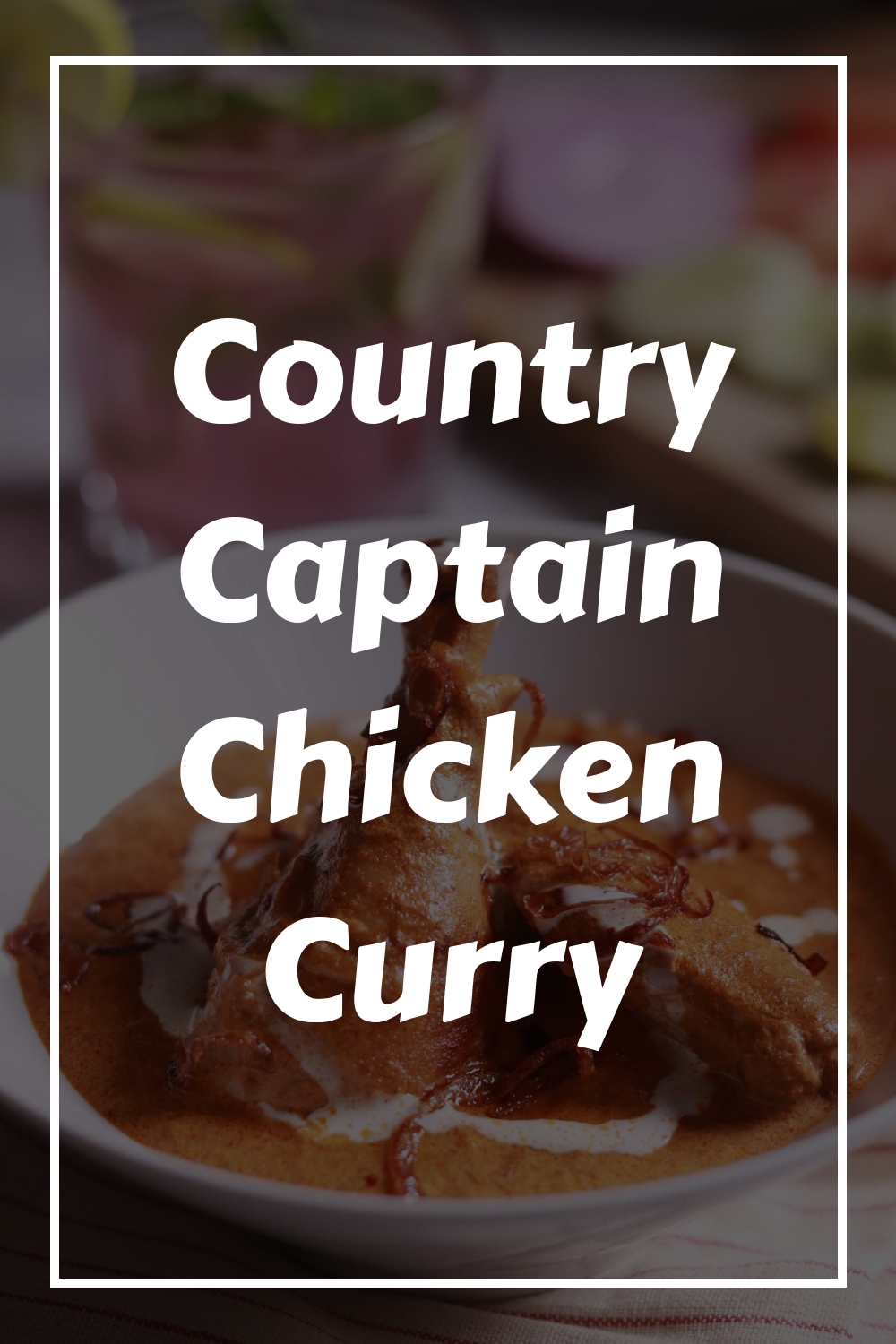Country Captain Chicken Curry is a dish steeped in colonial history, blending Indian and European culinary traditions. This flavorful chicken curry has its roots in the maritime trade routes of the Bay of Bengal and the port city of Chittagong.
Recipe Contributed by Chef Michael Swamy

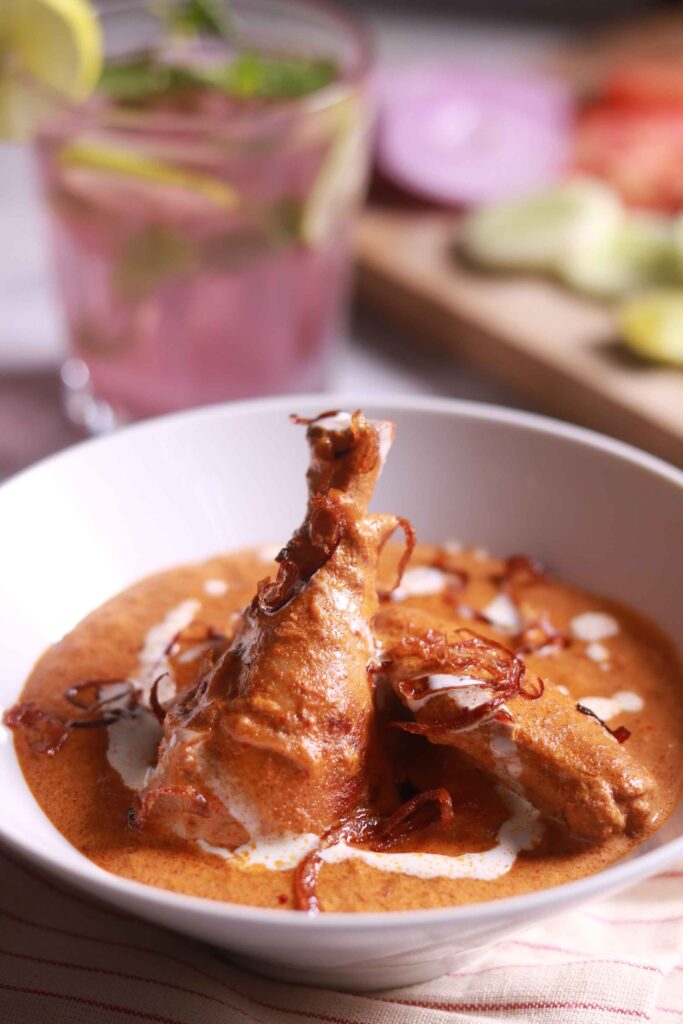
About Chef Michael Swamy
Chef Michael Swamy has been in the food media business for three decades. He is a chef, food stylist, food writer, author, and travel and wildlife photographer based in Mumbai, India. A graduate of the prestigious Le Cordon Bleu, London, he and his team have conceptualized and handled major food shows on several GEC and international niche channels.
On setting up a series of food styling and photography workshops in India and abroad alongside working with a few leading hospitality universities, WGSHA Manipal, Symbiosis Pune, where he teaches and sets up courses on food media along with his regular assignments.
He has curated food festivals and workshops and conducted corporate books and seminars in Miami and India, working with brands like Isuzu Motors, Kelloggs, Bajaj, and Hindustan Unilever. He has also worked with consulates in Canada, Chile, Peru, the UK, and the USA, to name a few.
Origins and Evolution of Country Captin Chicken Curry
The exact origins of Country Captain are debated, but it likely emerged during the British colonial era in India. One theory suggests that a British sea captain working for the East India Company introduced the dish to the American South via the port of Savannah in the early 19th century. The name “Country Captain” may refer to a captain of Indian origin or a trader along the coasts of India. Various factors influenced the dish’s evolution:
- Portuguese traders, who arrived in Bengal in the early 16th century, introduced new ingredients like chili peppers.
- British colonial rule further shaped the cuisine, as Anglo-Indian dishes were developed to cater to European tastes.
- Tribal Mog or Mawg cooks from Chittagong, renowned for their culinary skills, played a significant role in creating and popularizing the dish.
The Goalondo Connection of Country Captain Chicken Curry
The spicy version of this curry, Goalondo Steamer Curry, has a fascinating history. It originated on steamers between Goalondo Ghat and Narayanganj in undivided Bengal. Muslim boatmen prepared this rustic chicken curry using simple ingredients like onions, garlic, ginger, and chilies. The spicy Goalando steamer curry was toned down with cream for the foreign captains, and It is said that so enamoured by this dish, an English captain took this recipe home and had it served in the pub where he occasionally ate.
Adaptation for Foreign Tastes
As the Country Captain Chicken Curry gained popularity, it underwent modifications to suit different palates:
- For foreign captains, the spicy Goalondo curry was often toned down with cream, creating a milder version that retained its distinctive flavour.
- This adaptation likely led to the development of the Country Captain Chicken Curry as we know it today.
Legacy and Global Spread
The Country Captain Chicken Curry gained fame in the American South through the port of Savannah and is now a cherished dish. Its origins trace back to British colonial India, where an English captain was so captivated by the curry that he brought it to England. This dish’s journey from Bengal to global recognition highlights the rich cultural exchanges in culinary history. Today, it is an iconic fusion of Indian and European flavors, celebrated for its taste and historical significance.
Explore More Indian Chicken Recipes
- Kerala Chicken Stew: Simply South
- Chicken Liver Fry Recipe (भुना चिकन लिवर)
- Best Chicken Pulao ki Recipe: Incredibly Delicious
- Chicken Bhuna Masala: A Delicious Blend of Tradition and Taste
Country Captain Chicken Curry: Photo Gallery










Tips for Perfect Country Captain Chicken Curry
- Don’t skimp on the onions! They’re key to building flavour.
- Toast your curry powder in the pan before adding other ingredients to wake up those spices.
- Use ghee instead of vegetable oil if you can find it for extra authenticity.
- Add a chopped green chili with the onions if you like it spicier.
Frequently Asked Questions: Country Captain Chicken Curry
Q: What’s the deal with the name “Country Captain”?
A: The name likely comes from British colonial times in India. “Country” referred to things of Indian origin, and “Captain” might’ve referred to a captain who introduced the dish to the American South.
Q: Can I use boneless chicken instead?
A: Absolutely! Adjust your cooking time, as boneless pieces will cook faster than bone-in.
Q: Is this dish very spicy?
A: Nope! Country Captain is known for being a milder curry, perfect for those who don’t like too much heat.
Q: Can I make this ahead of time?
A: You bet! Like many curries, Country Captain tastes even better the next day when the flavours have had time to meld.
Q: What can I serve with Country Captain Chicken?
A: Traditionally, it’s served over white rice. But it’s also great with naan bread or some crusty French bread to soak up the sauce.
Ingredients
- 4 tsp Ghee
- 1 no Bay Leaf
- 135 gm Onion sliced
- 1 tbsp Ginger-Garlic Paste
- 500 gm Chicken curry cut
- 1½ tsp Salt
- 1 cup Water
- ¼ cup Fresh Cream
- ¼ cup Yoghurt beaten
Masala
- 15 no Whole Black Pepper Corn
- 4 no Whole Green Cardamom Pod
- 3 no Whole Cloves
- 1 inch Cinnamon Stick 1 No
- ½ tsp Whole Cumin Seeds
- 4 no Whole Kashmiri Red Chilli
Paste
- ¼ cup Fresh Grated Coconut
- ¼ cup Cashew Nuts
- ¼ cup Pistachios
- ½ tsp Poppy Seeds (Khus Khus)
- 1 cup Water
Instructions
Preparing Paste
- Bring water to a boil in a small pot. Add pistachios
- Blanch Pistachios for 2–3 minutes. Drain and peel off the skin.
- In a blender, combine the blanched pistachios, cashew nuts, poppy seeds, fresh grated coconut, and water.
- Blend all the ingredient until smooth and creamy.
Preparing Masala
- Heat a kadai over low flame. Add whole black pepper, green cardamom pods, cloves, cinnamon stick, cumin seeds, and Kashmiri red chillies.
- Dry roast all the ingredient for about 2–3 minutes until fragrant.
- Allow the roasted spices to cool slightly. grind them into a fine powder using a spice grinder or blender.
Preparing Country Captain Curry
- In the same kadai, heat ghee over low flame until melted.
- Add bay leaf to the ghee and sauté for about 30 seconds until aromatic.
- Add sliced onions and sauté for about 5–7 minutes until they turn golden brown.
- Stir in ginger-garlic paste and cook for about 2–3 minutes until the raw smell disappears.
- Add the ground masala and salt to the onion mixture; mix well and cook for another minute.
- Introduce chicken pieces to the kadai and sauté for about 2 minutes until they are coated with spices.
- Add water to the kadai and bring it to a boil.
- Stir in the prepared paste and simmer for about 5 minutes on medium flame.
- Reduce heat to low, then add fresh cream and beaten yoghurt. Mix thoroughly and cook for an additional minute.
- Serve Hot with Rice or your choice of breads
Notes
- You can replace ghee with vegetable oil or butter if desired.
- For a vegan version, use tofu instead of chicken and coconut cream instead of dairy cream.
- Storage: Store leftovers in an airtight container in the refrigerator for up to 3 days. Reheat gently on low heat before
Latest posts
-
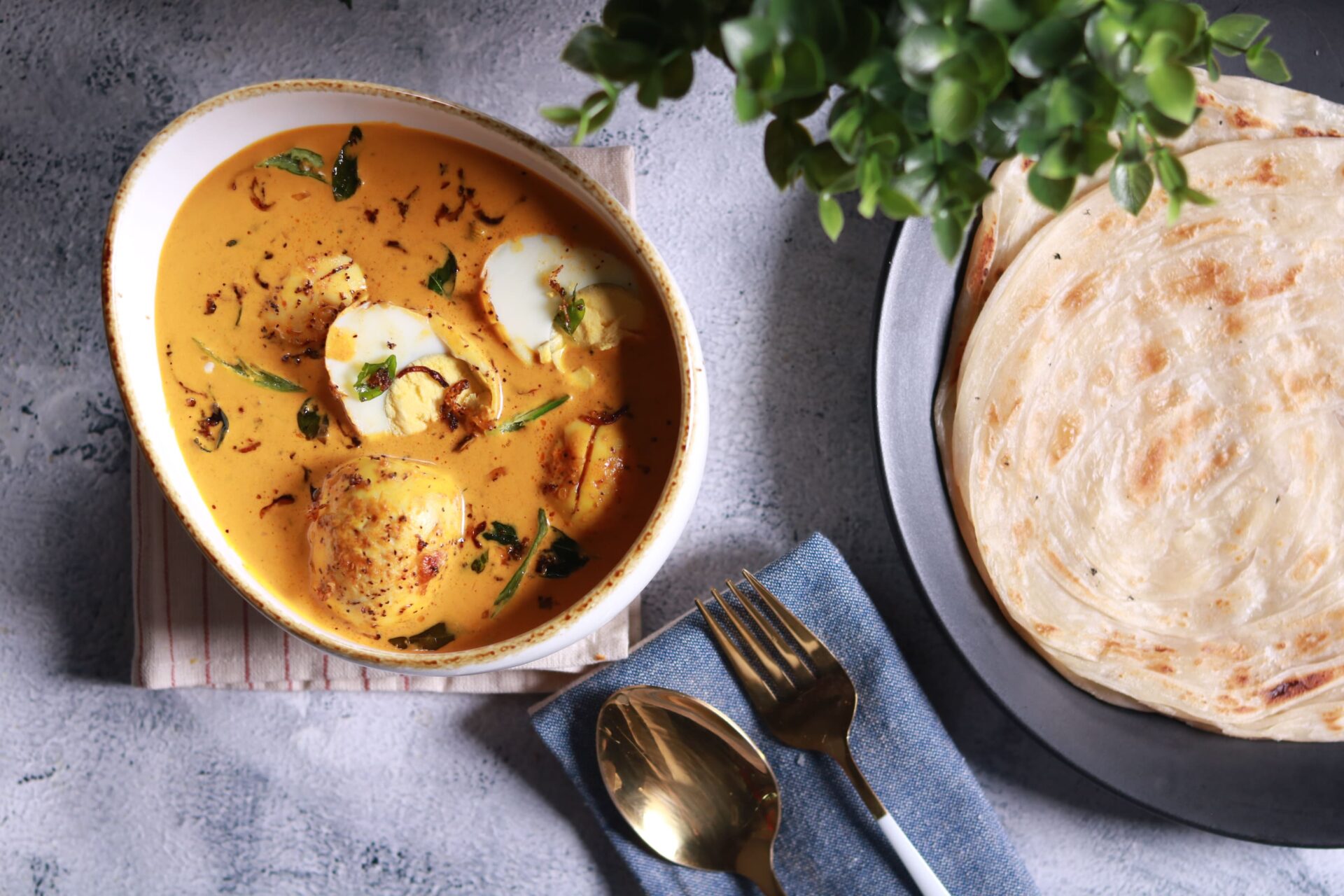
Traditional Kerala Egg Curry with Coconut Milk (Mutta Curry)
If there’s one dish that makes a slow, rainy morning in Kerala feel extra cozy, it’s a Traditional Kerala egg curry with coconut milk, served with soft Paratha or lacy dosa. This is the kind… Read more
-
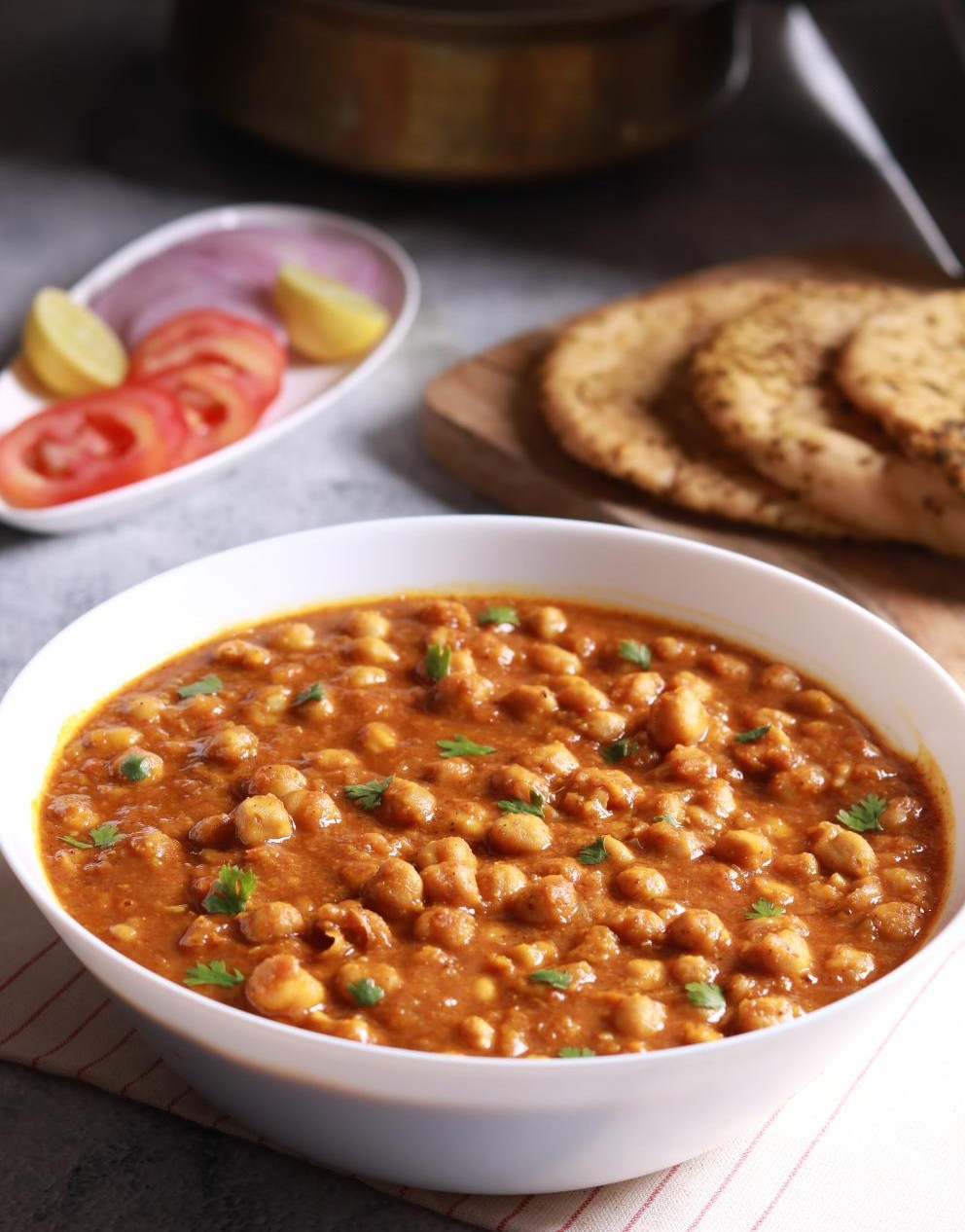
Chole Kulcha – The Heart of Punjabi Street Food
Chole Kulcha- If you’ve ever visited North India, you’ll know Chole Kulcha isn’t just a meal, it’s a whole experience. Picture bustling streets filled with the scent of spiced chickpeas, fluffy kulchas hot off the… Read more
-

Kala Chana Chaat :- A Wholesome Snack Bursting with Flavor
If you love Indian snacks that tick all the boxes: healthy, crunchy, tangy, and totally addictive, then Kala Chana Chaat is your new favourite. It’s a dish that comes together effortlessly yet feels incredibly refreshing.… Read more

